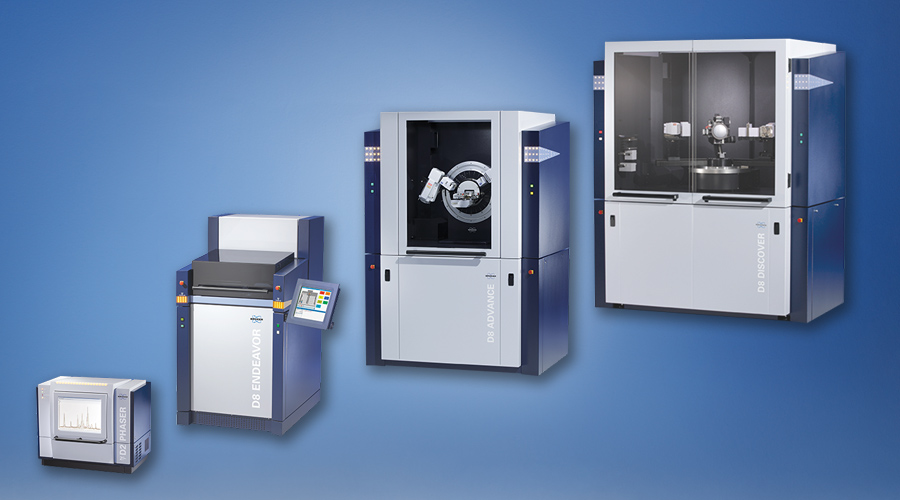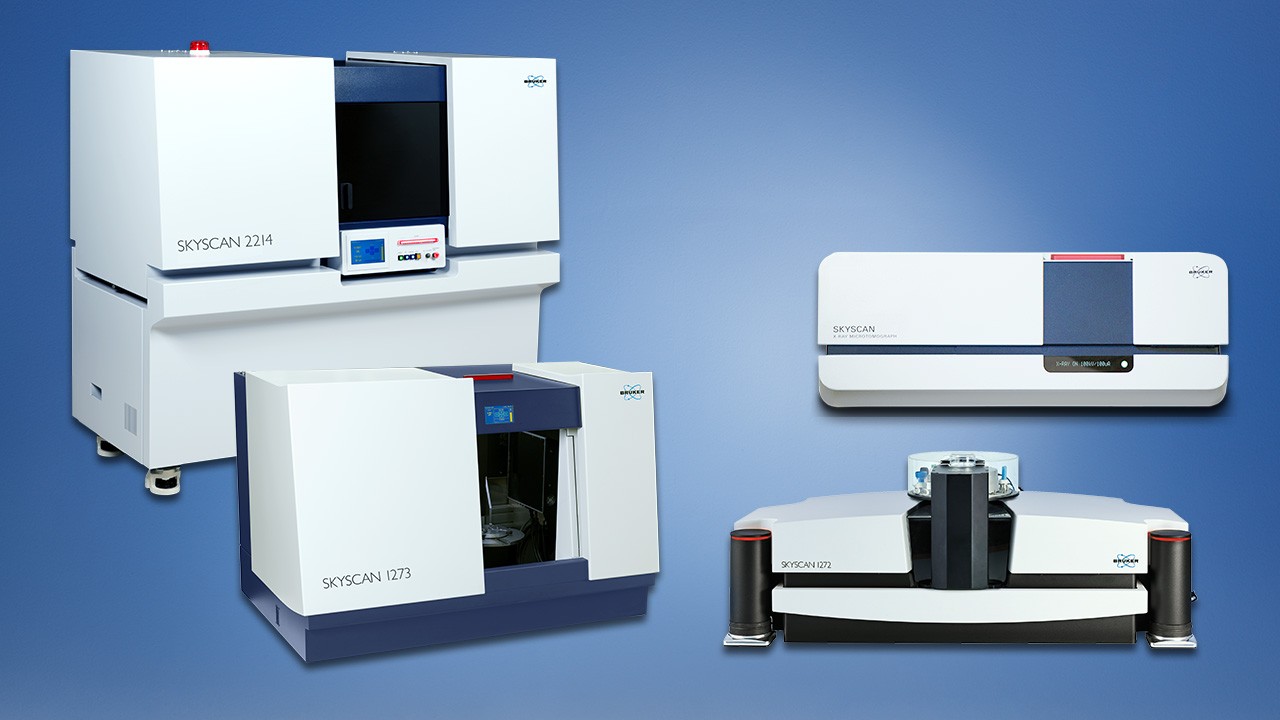电池研究
全景
Shedding Light on the Workings of Energy Storage Materials
Energy generation and energy storage related applications require some of today’s most complex materials development initiatives to meet efficiency and reliability targets. Many of our electronic devices, from laptops to smartphones, are powered by rechargeable lithium-ion (Li-ion) batteries, and they could soon extend into many other areas as well. This includes transport, through the ongoing development and adoption of electric vehicles. New materials are continuously being developed that transform the ways we capture, transmit, and store energy.
任何电池的性能,无论是在其容量,寿命还是能量密度方面,最终都取决于构成其阳极,阴极,电解质和SEI的材料的内在特性。bob综合游戏布鲁克(Bruker)开发了一套全面的表征技术,以使科学家能够理解和优化所有电池组件和完全组装的电池电池的物理和化学特性,性能和稳定性。
Read on to find out how Atomic Force Microscopy, FTIR Spectroscopy, Nanomechanical Testing, X-ray Diffraction, Raman Microscopy, X-ray Microscopy, and X-ray Spectroscopy shed light on the workings of energy storage materials.
In-situ Characterization
In-situ Characterization
Investigating solutes and electrodes
Researchers can in-situ monitor the electrochemical process in the solutes and electrodes of a lab-level battery model system. These model systems are not ready battery products, but one has the possibility to tune the anode, cathode materials, the electrolyte composition, temperature etc. during a programmed voltage cycle. FTIR spectroscopy is synchronised with electrochemical reaction. As result IR spectra over time / potential are collected. The combination of FTIR spectroscopy with electrochemistry offers insight in the molecular change and the reaction process of the studied molecules in addition to the electrochemical response of the experiment.
在骑自行车期间遵循电池电池行为
在充电/放电期间,每个电池电池的阴极和阳极都会发生恒定变化,例如由于插入了李列。使用X射线衍射(XRD),可以同时遵循变化的相位组成和晶体结构的演变。这使研究人员能够在原子水平上理解新的储能材料,遵循骑自行车和监测降解行为的反应以提高电池的性能。bob综合游戏
Our X-ray diffractometers support your research and development in battery materials, from ex-situ analysis of isolated cathode and anode materials, to the in-operando investigation of fully functional coin- and pouch-cells.
观察原位Li-Dendrite的生长
Lithium dendrite growth is one of the biggest problems affecting the safety of Li-ion batteries, but probing the initial stages of dendrite growth is difficult due to the reactive and fragile nature of lithium compounds, especially when studying growth at the solid electrolyte interface (SEI).
使用电化学模式使用原子力显微镜,可以追溯到电势控制下电极表面的形态演化。这些实验揭示了对不同电解质的石墨上的不同沉积,从而更深入地理解了Li-Batteries中树突状生长的潜在机制。
前态和失败分析
前态和失败分析
Studying electrochemical side reactions by laser desorption/ionization imaging
在电机合成和电池研究的新兴领域中,电极活性表面的电化学侧反应代表了效率和可重复性的主要挑战。
通常,观察到电极活性表面上一种或多种化合物的不想要的聚合。这些聚合物倾向于吸附到导致活性表面钝化的电极上,通常称为“电极结垢”。
Mass spectrometric imaging using the timsTOF fleX enables the identification and the spatially resolved visualization of the adsorbed side products. Hence, timsTOF fleX-based imaging allows the investigation of electrode fouling and provides valuable insight into electrochemical reaction pathways.
Increasing battery safety
Mechanical damage, including brittle failure of the electrodes and separator penetration, can give rise to dramatic releases of stored energy, including battery fires. Moreover, failures of coatings, mechanical (or ion) induced swelling and stiffening, stresses arising from fabrication, and mechanical stresses and damage from multiple charge-discharge cycles pose significant challenges for new device development and integration. Thus, for both safety and performance reasons, it is necessary to understand how these devices perform mechanically, including each component at the appropriate size scale.
电池材料的纳米机械测试提供bob综合游戏es quantitative characterization for emerging materials and deeper insight for improving mechanical performance.
柔性电极中的碳分析
基于磷酸铁锂电池使用联赛的阴极known to be very safe and show no risk of thermal runaway but have a low electrical conductivity, limiting the performance at high charge/ discharge rates. A very thin carbon coating on the LFP particles can improve its conductivity. The anodic stability of carbon coated cathode materials can be studied with Raman Spectroscopy, which demonstrates the homogeneity of the coating.
电池(如阳极/阴极材料和电解质)的所有组件都可以使用反效率和以下的拉曼微光谱法分辨出很高的横向bob综合游戏分辨率。碳被广泛用于电池。拉曼光谱可用于区分其同素异形,并提供更多信息,例如缺陷浓度。
Verify structural integrity and research microstructure of electrodes
X射线显微镜可以无损地可视化电池和燃料电池的内部3D结构。因此,XRM是通过监视组件的内部对齐(例如电池寿命上的电极分离)或在压力测试中的内部对齐方式来帮助理解故障机制的好工具。
现代高性能电池(例如锂离子电池)的电极微观结构显着影响关键特性,例如循环寿命和容量。因此,许多努力都要仔细优化处理参数,以取消最佳的电池性能。XRM作为多尺度分析技术支持高级电池研究,因为它可以在高分辨率下揭示单个阳极和阴极层的微观结构。
Elemental mapping in lead-acid battery electrodes
Lead-acid batteries (accumulators) are rechargeable devices for storing electric energy generated by electrochemical processes. The batteries consist of electrodes made of lead (Pb) and lead dioxide (PbO2) and dilute sulfuric acid (37% H2SO4) as electrolyte. During discharge of lead-acid batteries, finely dispersed lead sulfate (PbSO4)在电极上以充电逆转的过程中的形式。但是,在某些条件下,也可以在电极上形成永久性沉积物。WDS获得的X射线元件图是研究导致电池故障的硫酸沉积物的性质和空间分布的理想选择。










